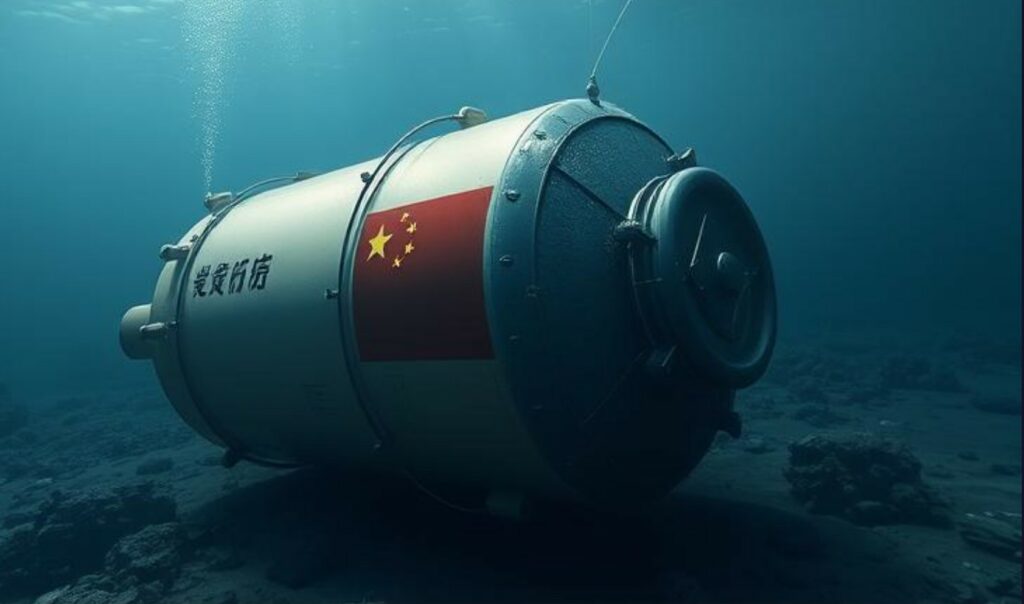
China is preparing to launch one of the first commercial underwater data center projects . In mid-October, a capsule containing servers will be lowered into the sea off the coast of Shanghai.
The initiative aims to reduce the energy consumption of traditional data centers, where cooling consumes a significant portion of resources. Highlander is developing the project in collaboration with government contractors .
The rise of artificial intelligence has dramatically increased the strain on infrastructure. Traditional data centers are forced to use energy-intensive cooling systems . In the marine environment, temperature is naturally regulated by currents, making underwater systems more energy efficient . According to Yan Ye, Vice President of Highlander, underwater systems can reduce cooling energy consumption by up to 90%.
The large yellow capsule, assembled in a shipyard near Shanghai, will serve clients such as China Telecom and a state-owned company specializing in computing power for artificial intelligence . Similar experiments have already been conducted: in 2018, Microsoft tested a similar system off the coast of Scotland , but it never reached commercial launch. The Chinese project, on the other hand, is part of the government’s strategy to reduce the carbon footprint of data centers.
Funding for these initiatives is provided by subsidies. In 2022, Highlander received 40 million yuan (about $5.6 million) to build an underwater data center in Hainan, which is still operational. For the Shanghai complex, most of the components were built on land and then prepared for installation on the seabed. Nearby offshore wind farms will provide power, covering over 95% of the company’s electricity needs.
According to project engineer Zhou Jun, the construction proved more challenging than expected . Protecting the servers from seawater was one of the main challenges. To achieve this, a steel hull lined with glass flakes was used to prevent corrosion . For maintenance of the capsule , an elevator was designed to connect the underwater module to the surface section.
At the same time, scientists warn of potential environmental risks. During operation, the data center generates heat, which could impact marine ecosystems. According to marine ecologist Andrew Wanta of the University of Hull, warmer waters may attract some species and repel others . Data on long-term impacts is still scarce. Highlander cites the results of its 2020 test project in Zhuhai: the water temperature around the capsule remained within normal limits. However, experts point out that these effects could intensify as the capsule grows.
Shaolei Ren of the University of California, Riverside, noted that megawatt-scale underwater data centers will require particularly thorough thermal impact studies. He also highlighted the engineering challenges: laying internet links from offshore servers to the mainland is much more complex than conventional data centers. Scientists in the US and Japan have already warned of the potential vulnerability to underwater acoustic attacks. Despite these challenges, Ren believes such solutions could find a niche: ” They’re unlikely to completely replace traditional data centers, but they could serve certain market segments .”
Follow us on Google News to receive daily updates on cybersecurity. Contact us if you would like to report news, insights or content for publication.
